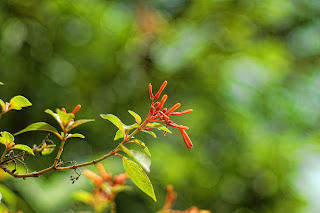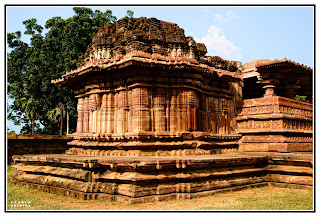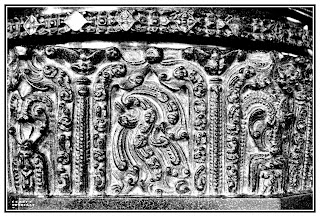The very old Russian Lens Helios 44M 58mm F/2
The lens was produced in the old Soviet Union by Jupiter among others from 1958 till 1992 and is one of most mass produced lenses in the world! This was a kit lens for the Russian Zenit Camera. The lens is built like a tank! Seriously. METAL and GLASS….the USSR-way!! There is a cult following for this lens. Several companies made these lenses over several decades, in the millions of units, so they aren’t exactly rare.It is a copy of the Carl Zeiss Biotar 58mm.
The lens has, what is referred to as optical vignetting, meaning that out of focus “bokeh-balls” becomes more elipsoid as you move away from the center of the image. Also referred to, as “Cat-eye” effect, this phenomenon gives a pronounced feeling that the background “swirls” around the center focus subject. The maximum effect is when you have a focus subject about 2-3 meters away and the background about 10-15 meters away, so count a factor 1:5 ratio for foreground/background subject distance.
After I am laid up after a major surgery and convalescing for the last three months, I have been studying some remarkable lenses made 40/50 years ago such as some Russian lenses made in that period.
Here are some pictures shot with the lens mounted on my Nikon D50 with an adapter as the lens has the M42 mount.












































